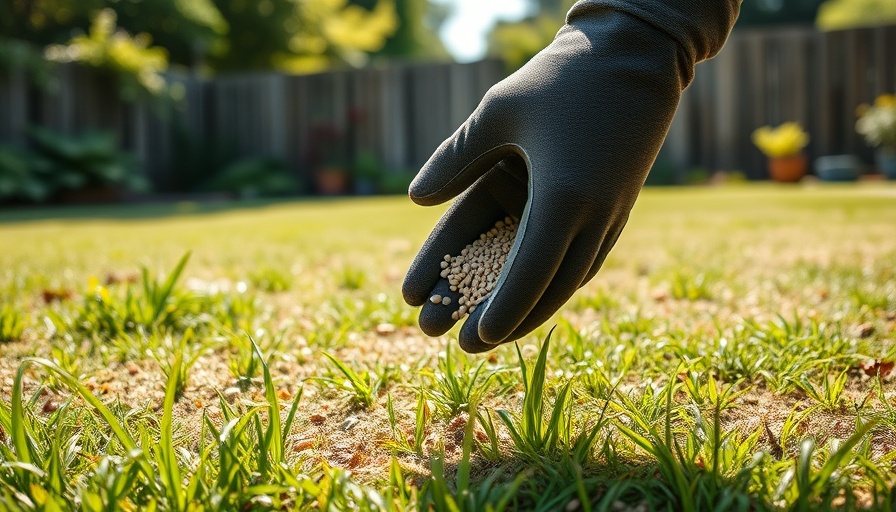
Why September is the Perfect Month for Gardening
As we prepare to transition from summer’s heat to the cooler autumn months, it’s essential to recognize that September is not just a month for transition; it’s the ideal time to start a garden. Many people associate gardening with spring, but seasoned gardeners—and experts like Melissa Strauss—highlight the benefits of starting in early fall. Let’s explore why this often-overlooked month can actually be the best time to cultivate your green thumb.
The Advantages of Fall Gardening
One of the primary reasons September is an excellent time to get into gardening is the improved environmental conditions. Unlike spring, when the weather can be unpredictable, September offers a perfect balance of warm soil and cooler air. This unique climate provides an inviting landscape for new plants to thrive. Let’s explore the benefits:
- Warmer Soil: Throughout September, the ground retains warmth from the summer sun, which fosters quick root growth. This is especially vital for planting perennials and cool-season vegetables, laying the groundwork for a lush garden.
- Less Stress from Pests: With fewer pests and diseases prevalent in the fall, new gardeners have a smoother transition. The reduced competition allows young plants to establish themselves without the overwhelming challenges that spring gardening can sometimes present.
- Increased Rainfall: September often brings increased precipitation, making watering easier and allowing gardeners to focus more on planting rather than maintenance.
Building Sustainable Practices in Your Garden
Starting your garden in September can also facilitate sustainable practices that resonate well with homeowners in Muskegon. By establishing your permanent garden beds at this time, you can set the stage for a thriving ecosystem. For those interested in building outdoor soil beds or constructing planters, now is an ideal opportunity. By utilizing techniques such as lasagna gardening or using organic solutions for pest control, not only can you beautify your property, but you can also foster a healthier environment.
Future Predictions: How This Year’s Garden Sets You Up for Next Year
Planting in September allows your garden to mature just in time for winter dormancy. This preparation not only ensures that you have strong plants for the following spring, but it also promotes healthier soil through the natural decay of organic matter. Additionally, consider this time as a chance to revamp your outdoor space by incorporating {building raised beds, composting barrels, and other valuable projects that can enhance your backyard.
Practical Tips for September Gardening
Gardeners, both novice and experienced, should take note of these practical tips to start their September gardening journey:
- Choose the Right Plants: Cool-weather crops such as kale, spinach, and broccoli thrive in the less intense fall sun.
- Composting: Think about building a composting barrel to enrich your soil, which will improve the health of new plants.
- Plan Layout: Utilize this time to layout planting rows judviously for optimal sunlight exposure and drainage, enhancing growth opportunities.
Your Path to Fall Gardening Success
Now that you see the numerous benefits of starting your garden in September, it’s time to act! Whether you’re interested in growing at-home success tips or constructing elegant raised beds, the choices you make this month will set the groundwork for a flourishing garden. As we embrace a more sustainable approach to gardening, every small action helps cultivate a thriving environment not only for our plants but also for our community.
With all the advantages that September gardening offers, it’s challenging to overlook its value. Connect with fellow gardeners, share your garden plans, and explore innovative ideas to design a backyard utility house or even take on unique projects like building shade covers for your patio to enhance your outdoor space.
 Add Row
Add Row 
 Add
Add 


Write A Comment